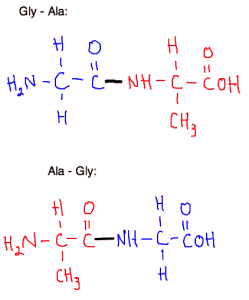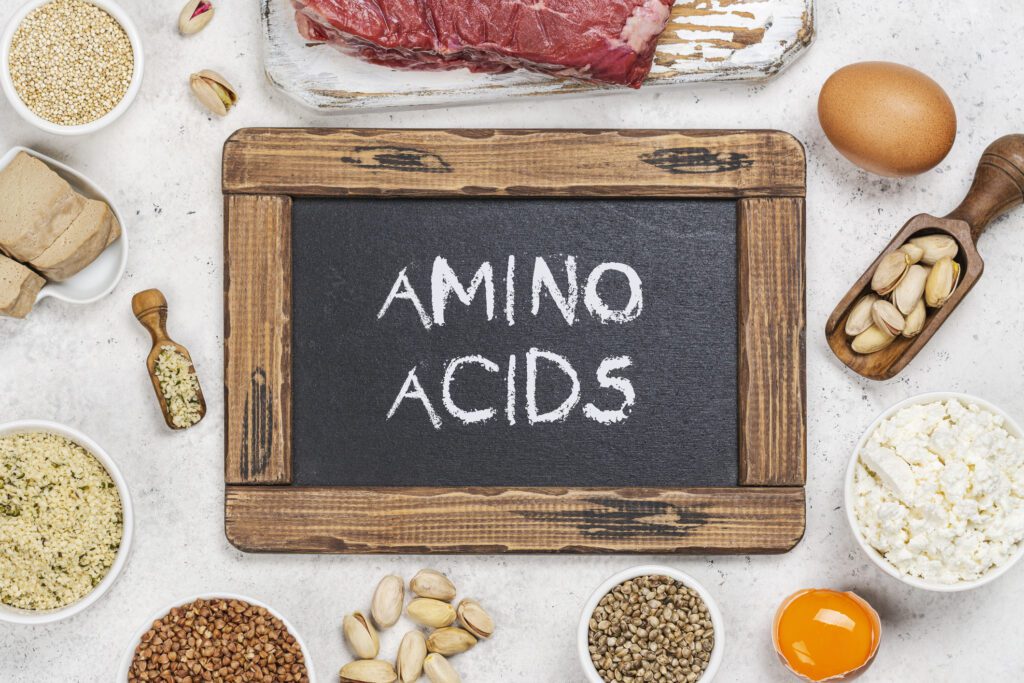MCAT Organic Chemistry Practice Question
In our last orgo question, we talked about how organic chem is the least important subject on the MCAT and you’re better off focusing on a few very high-yield topics rather than trying to memorize tons and tons of reaction mechanisms.
For this question, we’ll stick with the theme of really important orgo topics and switch to a perennial MCAT favorite: stereochemistry. Try your hand at this question:
Item 41
How many different dipeptides may exist that include the two amino acids listed below?
A) 1
B) 2
C) 4
D) 8
Explanation
This question looks a little daunting at first, but ultimately it’s testing two basic areas of MCAT orgo knowledge: amino acids and stereocenters.
First, you need to be comfortable with the general structure of amino acids and need to recognize the two amino acids presented as the two simplest ones: glycine and alanine.
When two amino acids hook up to form a peptide, the carboxylic acid part of one molecule forms an amide bond with the amino group of another. That means when two amino acids join, there are two possible results:
But we’re not done there! We also have to check for different possible isomers. Remember that to have different enantiomers, you must first have a chiral carbon. Any carbon bonded to four different things is chiral. In our problem, the central carbon for alanine is chiral (in fact, ALL amino acids except glycine are chiral!).
So we have two different possible dipeptides, and each of those two dipeptides can have the alanine in either an L or D configuration. Thus (C) is the correct answer because we have four possible molecules:
(l)Ala-Gly
(d)Ala-Gly
Gly-(l)Ala
Gly-(d)Ala
Search the Blog

Free Consultation
Interested in our Online MCAT Course, One-on-One MCAT Tutoring or Med admissions packages? Set up a free consultation with one of our experienced Senior Student Advisors.
Schedule NowPopular Posts
-
MCAT Blog What's on the MCAT?
-
MCAT Blog How to Review MCAT Full Lengths

Free MCAT Practice Account
Need great MCAT practice?Get the most representative MCAT practice possible when you sign up for our free MCAT Account, which includes a half-length diagnostic exam and one of our full-length MCAT practice exams.
Learn More









